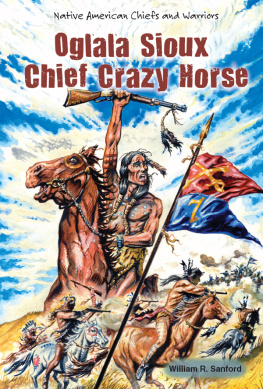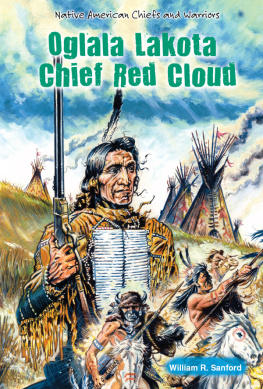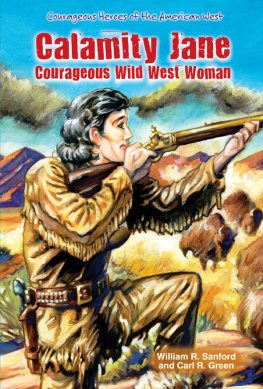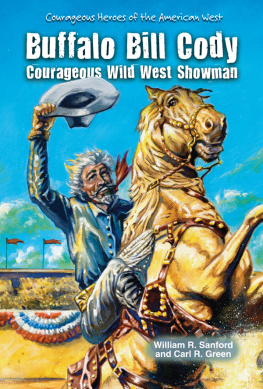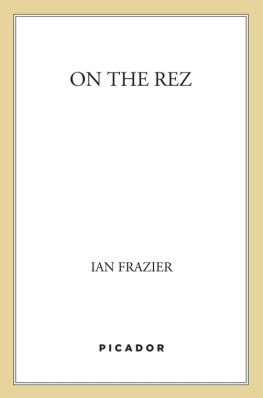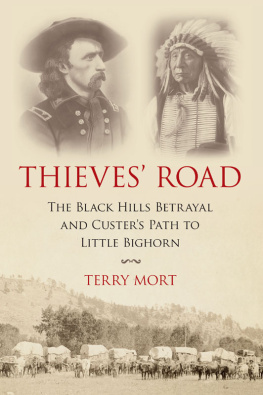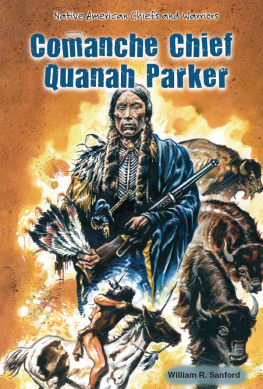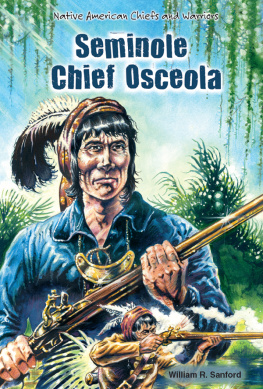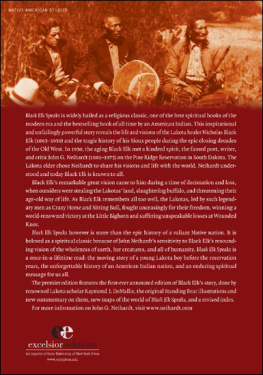
Oglala Sioux Chief Crazy Horse
Crazy Horse was one of the greatest chiefs of the Oglala Sioux. He led his warriors against the U.S. Army and won many battles. He is most famous for leading the victory at the Battle of Little Bighorn where they defeated the Seventh Cavalry and Lt. Colonel George A. Custer.
Based on historical accounts, the author tells the real story of this fearless leader. Eventually, he was forced to surrender and died mysteriously while under arrest in Fort Robinson, Nebraska.
About the Author
William R. Sanford is the author of numerous books for young people. He brings many years of teaching experience to the books he has created.
This book tells the true story of the Oglala Sioux chief Crazy Horse. Many mistakenly believe that his fame rests on his defeat of the Seventh Cavalry. But his true fame comes from his leadership of the Oglala over many years. Following the Battle of the Little Bighorn, the press hurried to print stories about Crazy Horse. Some were made up, but others were true. The events described in this book all really happened.
Crazy Horse fought alongside other great Sioux leaders: Sitting Bull, Red Cloud, and Gall. Some believe Crazy Horse was the smartest and bravest of them all.

Image Credit: Clipart.com
Crazy Horse painted lightning and hail on his body before the Battle of Rosebud Creek. He would not let his photograph be taken, as he believed that by doing so his soul would be stolen.
In mid June 1876, Crazy Horse camped on the Little Bighorn River in southern Montana. The war chief of the Oglala Sioux knew soldiers were coming close. His scouts watched their movements. A thousand soldiers were 30 miles to the south in the valley of Rosebud Creek. They wanted to drive the Sioux onto a reservation.
Two weeks earlier Crazy Horse had sent a warning to their leader General George Crook. Every soldier who crosses the Tongue River will die.
On June 16, Crazy Horse led 1,500 warriors toward the Rosebud Valley. On their flanks were akicita. These veteran warriors kept the young warriors in line. Crazy Horse did not want anyone dashing to the attack alone, thereby warning the soldiers.
After dawn on June 17, Crazy Horse stopped to apply war paint. He painted small white circles across his chest. Then he painted a streak of forked lightning across his cheek. Over one shoulder was a buckskin cord. On this cord was a little white stone with a hole in it. He fastened the skin of a red-backed hawk in his hair. Crazy Horse believed in his medicine. It assured him he could not be harmed in battle.

Crazy Horse led battles in Wyoming and Montana.
At 8:30 A.M. Crazy Horse resumed his march. About the same time General Crook stopped his troops to rest. Crooks force contained 201 infantry and 839 cavalry. Also with Crook were 262 Crow and Shoshoni scouts. Crazy Horse reached the Rosebud Valley. He hid his men behind a high hill. Then Crazy Horse crept to the top of a ridge. He saw Crooks forces scattered on both sides of the river. To the north the mile-long valley narrowed to a timbered canyon.
Almost at once Crow scouts spotted Crazy Horse. They rode toward Crooks camp, shouting, Sioux! Sioux! The Sioux charged into the valley. Only the Crows and Shoshonis were ready to meet them. The rocky terrain prevented attacks in large groups. The battle became every man for himself. The Sioux charged the soldiers again and again. The firing lasted throughout the morning.

Image Credit: Library of Congress
This illustration shows General Crook's troops crossing the west fork of Goose Creek the day before the Battle of the Rosebud on July 18, 1876.
At one point, Jack Red Cloud lost his horse. The son of the famed Sioux chief Red Cloud had to run on foot. The Crows surrounded Jack Red Cloud. They ripped off his war bonnet and took his rifle. Crazy Horse saw this and spurred his horse through the Crow ranks. Jack leaped up behind Crazy Horse. The two warriors rode away to safety.
About noon, General Crook sent Captain Anson Mills and eight troops of cavalry down the canyon. Crook thought that Crazy Horses village was there. Crazy Horse let the soldiers pass. He massed most of his warriors on Crooks left. Other warriors worked their way behind the soldiers. Sensing the danger, Crook sent word to Mills to return at once. Millss cavalry appeared behind Crazy Horses lines. The Sioux scattered and the battle was over.
Crook lost twenty-eight men and had fifty-six severely wounded. His troops had fired 25,000 rounds. Thirteen Sioux lay dead on the field. A day later Crook retreated to the south. His forces remained out of action for a month. They would play no role in the coming big battle.
Crazy Horse led his warriors back to camp on the Little Bighorn. They were pleased that they had driven away Crooks forces. They mourned the dead, then they feasted and danced. Crazy Horse did not think he had won a war. Sitting Bulls vision had not yet come to pass.

Image Credit: William R. Sanford
The Oglala were part of the Lakota, or western Sioux.
Crazy Horse was born in the fall of 1841. His birthplace lay on Rapid Creek, east of South Dakotas Paha Sapathe Black Hills. His father, also called Crazy Horse, was a holy man of the Oglala Sioux. He belonged to the Hunkpatila (End of Circle) band. At tribal meetings the band always camped at one end of the crescent of tipis.
Crazy Horses mother was a Brul Sioux. She died when he was very young. Her younger sister took over as mother of Crazy Horse. The boys light skin and hazel eyes set him apart. To the Sioux these features were special gifts from Wakan Tanka (the Great Holy). The band called him Curly. He had a sister who was two years older and a younger brother.
The Oglala were Plains Sioux. Years before, they had lived in the eastern forests of the Great Lakes. They moved west after their enemies, the Chippewas, obtained guns from white traders. The Sioux crossed the northern Great Plains in pursuit of game. Huge herds of buffalo roamed the grasslands. In the 1700s the Sioux gained horses from the Spanish far to the south. Horses became central to their way of life. They allowed the Sioux to hunt and move from place to place more easily. Raiding other tribes for horses became a part of Oglala life.
The land where Curly grew up was harsh. Winter cold could bring death quickly. The summer sun blazed. The Oglala needed to be tough to survive. The buffalo provided most of what the Oglala needed. They used hides for robes and for covering their tipis. They made cups and tools from the horns. They ground the hoofs to make glue. Buffalo sinews provided thread and bow strings. And sun-dried strips of buffalo meat became jerky. This food lasted a long time without spoiling. Dried meat mixed with fat and berries became pemmican, which could be stored for long periods.
Next page
